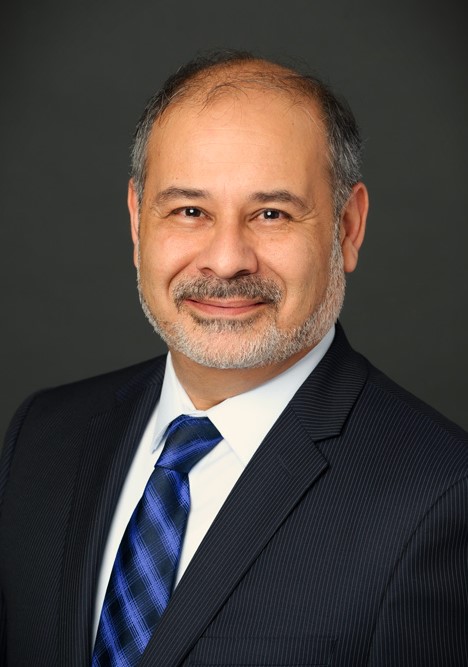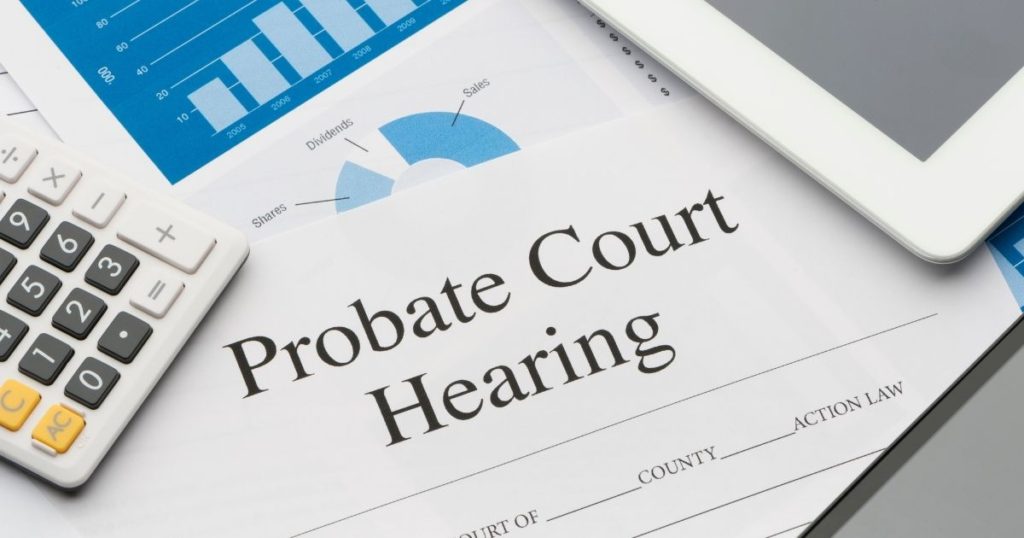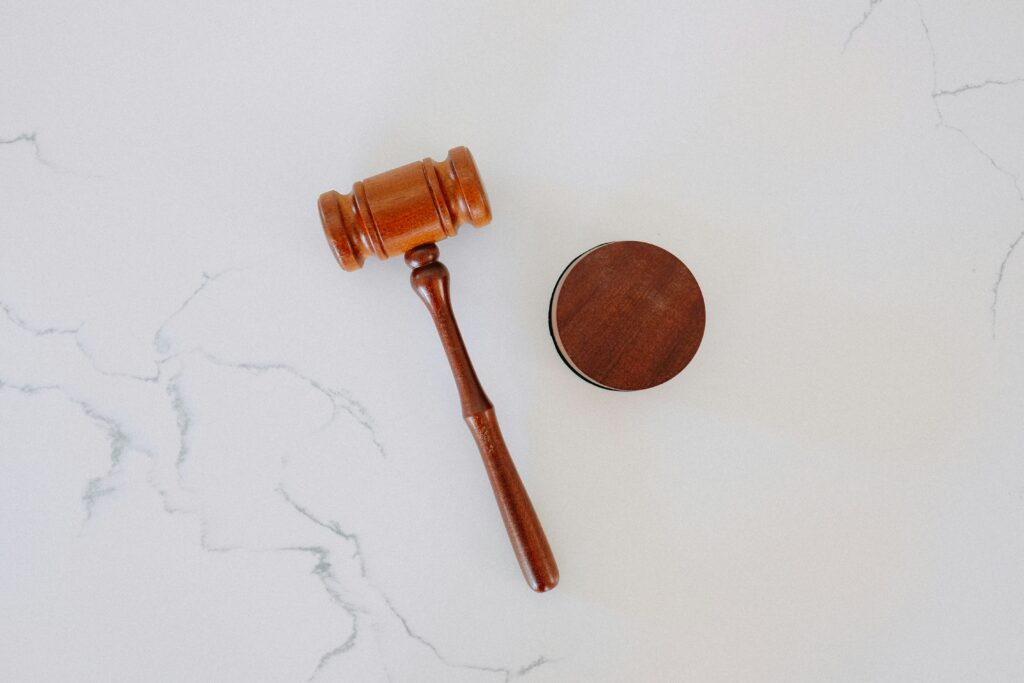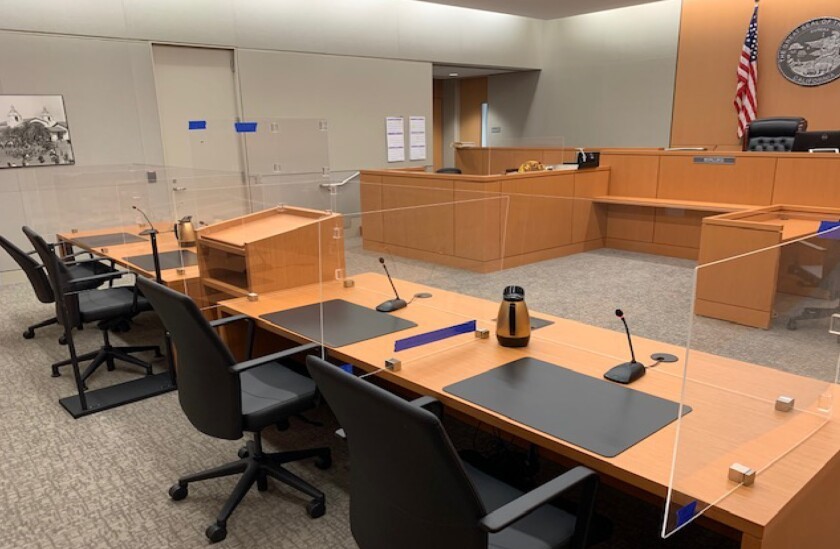 For all intents and purposes, an attorney appointed by the court to represent a party is in an attorney-client relationship with the party and bound by the rules of professional conduct. On the other hand, an attorney appointed as a Guardian ad Litem (“GAL”) answers to the court, and represents the ward’s best interest, not their wishes. The GAL does not enjoy an attorney-client relationship with the ward and owes no duty of confidentiality except when the GAL is involved in a privileged matter. “A guardian ad litem is not a party to an action, but merely the representative of record of a party.” Estate of Cochems, 110 Cal. App. 2d 27, 29 (1952). The appointment of a GAL can be under Section 372 of the Code of Civil Procedure or Section 1003 of the California Probate Code. When a person, whether a minor or not, lacks the capacity to make decisions, if the court determines that the appointment of a GAL would help represent their best interest, then a GAL is appointed. “[T]he authority of the guardian ad litem in relation to the suit is equal to what would be the authority of the ward if he were an adult.” In re Guardianship of Price, 61 Cal. App. 592, 599 (1923). Additionally, the GAL is protected by the doctrine of quasi-judicial immunity.
For all intents and purposes, an attorney appointed by the court to represent a party is in an attorney-client relationship with the party and bound by the rules of professional conduct. On the other hand, an attorney appointed as a Guardian ad Litem (“GAL”) answers to the court, and represents the ward’s best interest, not their wishes. The GAL does not enjoy an attorney-client relationship with the ward and owes no duty of confidentiality except when the GAL is involved in a privileged matter. “A guardian ad litem is not a party to an action, but merely the representative of record of a party.” Estate of Cochems, 110 Cal. App. 2d 27, 29 (1952). The appointment of a GAL can be under Section 372 of the Code of Civil Procedure or Section 1003 of the California Probate Code. When a person, whether a minor or not, lacks the capacity to make decisions, if the court determines that the appointment of a GAL would help represent their best interest, then a GAL is appointed. “[T]he authority of the guardian ad litem in relation to the suit is equal to what would be the authority of the ward if he were an adult.” In re Guardianship of Price, 61 Cal. App. 592, 599 (1923). Additionally, the GAL is protected by the doctrine of quasi-judicial immunity.
An attorney’s task as the court-appointed GAL is to represent the ward’s best interest, which is not the same as advocating for the ward’s wishes. “While a guardian ad litem’s duty is to act in the ward’s best interests . . . he or she does not answer to the ward but to the court.” “[T]he guardian ad litem is but an officer and representative of the court.” Serway v. Galentine, 75 Cal.App.2d, 86, 89 (1946). “Thus, as a matter of law, there is no basis for finding an attorney-client relationship between a guardian ad litem and a ward.” McClintock v. West, 219 Cal. App. 4th 540, 555 (2013). He or she “represents the interests of a person in legal proceedings who lacks capacity to represent himself or herself ….” J.W. v. Super. Ct. J, 17 Cal. App. 4th 958, 965 (1993).
The GAL’s duty is to the court and “[t]he court is, in effect, the guardian of the minor and the guardian ad litem is but an officer and representative of the court.” (Serway v. Galentine, supra, 75 Cal. App. 2d, at p. 89). McClintock v. West,supra, 219, Cal. App. 4th, at p. 549. A GAL must act in the ward’s best interest, and it is the court’s task to approve any such requests. The court has a duty to ensure that the GAL protects the ward’s rights. “It is the duty of a guardian ad litem to protect or defend a suit, as the case may be.” Berry v. Chaplin, 74 Cal. App. 2d 652, 657 (1946).
The GAL is the Holder of the Privilege
What if the GAL had to interact with the ward’s lawyer or minor’s counsel? Confusion arises when the court-appointed GAL also holds the privilege. (Evidence Code §953). Although a court-appointed GAL does not owe a duty of confidentiality under California Rules of Professional Conduct, Rule 1.6, given no attorney-client relationship exists, the GAL does hold the privilege on behalf of the ward, where such privilege exists. The GAL’s communication with the ward is protected pursuant to Evidence Code § 953 (b)(1) and (b)(2), “Holder of the privilege” means “[a] guardian or conservator of the client, if the client has a guardian or conservator.” Thus, when necessary, GAL must assert the privilege on behalf of the ward. In this situation, the GAL is the conduit that transfers information from the ward to their attorney. The privilege applies to the GAL.
In De Los Santos v. Superior Court, 27 Cal.3d 677 (1980), the court was presented with the issue of whether the attorney-client privilege was applicable to statements by a minor, made to his mother (and guardian ad litem in the minor’s personal injury case) in response to questions the mother asked the minor at the request of their attorney for the purpose of answering interrogatories and preparing for trial. In holding that the statements were privileged, the court rejected the defendant’s claim that any privilege was waived due to the mother’s verification of the answers to interrogatories. (Id., at p. 685.) “Section 912 of the Evidence Code provides that the privilege is waived with respect to a communication if the holder of the privilege, without coercion, has disclosed a significant part of the communication or has consented to such disclosure by anyone.” (Alpha Beta Co. Superior Court, 157 Cal. App. 3d 818, 829 (1984)). Hence, the communications to the GAL is protected by Evidence Code § 952’s definition of “confidential communication between client and lawyer” if it furthers the interest of the ward, as the result of an intermediary relationship.
“While the guardian ad litem has the power to assent to procedural steps that will facilitate a determination of the ward’s case (Torres v. Friedman (1985) 169 Cal.App.3d 880, 887) the guardian ad litem’s authority is that of ‘an agent with limited powers.’” McClintock v. West, supra, 219 Cal. App. 4th, at p. 549 (Quoting Berry v. Chaplin, 74 Cal. App. 2d 652, 657 (1946)). The power to “assent to procedural steps” and to manage the litigation gives rise to protecting the privileges held by the ward.
Guardians ad Litem Enjoy Quasi-Judicial Immunity When Acting Within the Scope of Their Authority.
“The question, under [Howard v. Drapkin, 222 Cal.App.3d 843, 857 (1990)], is whether a guardian ad litem fulfills a function that is ‘intimately related to the judicial process’ and the answer to that question is yes.” As further discussed in McClintock, “the guardian ad litem’s role is that of a court-appointed officer, who, under the appointment of and under the supervision of the trial court, must act in her ward’s best interests. That is indeed a function intimately related, and indeed, one which the trial court found in this case was indispensible to bringing the case to a conclusion.” McClintock, supra, 219 Cal. App. 4th at p. 551.
“A third class of persons entitled to quasi-judicial immunity includes persons connected to the judicial process who are not public officials, arbitrators, or referees but who serve functions integral to the judicial process and act as arms of the court. This class includes (1) persons appointed by the courts for their expertise, such as . . . guardians ad litem . . .” Holt v. Brock, 85 Cal. App. 5th 611, 622 (2022). A guardian ad litem has immunity from liability for “acts within the scope of the guardian’s authority.” Judicial immunity protects the GAL; otherwise the “ability to act would be compromised if the threat of future liability encouraged a guardian ad litem to put a ward’s wishes above [ward’s] interests.” McClintock, supra, 219 Cal. App. 4th at p. 552.
Conclusion
Loyalty and independent judgment are essential elements in the lawyer’s relationship to a client. The inherent task of a lawyer who is a court-appointed GAL is not always aligned with the ward’s wishes, and that will conflict with the attorney’s obligations and duty owed, except that the court-appointed GAL is not in an attorney-client relationship with the ward. Although a court-appointed GAL must exercise confidentiality in communications with the ward where the ward holds the privilege, the GAL must also disclose what is essential to represent the ward’s best interest as an officer and agent of the court. So long as the GAL acts within the scope of their appointment and duties, they will enjoy quasi-judicial immunity. The best practice for an attorney-appointed GAL would be to advise the parties and the ward that they do not have a confidential relationship.
– This article was originally published for the San Diego County Bar Association Blawg. It has been reposted with their permission.”
More Questions?
In future posts we’ll discuss this further. If you have questions beforehand though, please check out the rest of our blog for more information. The content of this blog is provided for informational purposes only, and we are not offering any legal opinions. If you wish to consult with Sharif | Faust, please contact us to set up a consultation. This blog does not create an attorney-client relationship with Sharif | Faust. To retain Sharif | Faust, you must sign a written attorney-client agreement. Remember, the results in any case depend upon the specific facts in that case. It is important that you consult with a lawyer you trust. By reading this blog, you agree to our Terms of Use.


















 e supply chain of Personal Protective Equipment (“PPE”) was considerably disrupted because of the pandemic, the recent economic downturn, and the global powers
e supply chain of Personal Protective Equipment (“PPE”) was considerably disrupted because of the pandemic, the recent economic downturn, and the global powers What is a Trademark
What is a Trademark Intellectual Property laws exist to encourage artists, inventors, and other creators to make new art, technology, or other creations. The rest of us benefit from these creations. In return, we give these individuals the ability to profit from their work directly, without interference from others for a certain amount of time. The rights these creators receive is akin to a monopoly. Then, once the time expires, the works go into the “public domain” and anybody can use them.
Intellectual Property laws exist to encourage artists, inventors, and other creators to make new art, technology, or other creations. The rest of us benefit from these creations. In return, we give these individuals the ability to profit from their work directly, without interference from others for a certain amount of time. The rights these creators receive is akin to a monopoly. Then, once the time expires, the works go into the “public domain” and anybody can use them.



